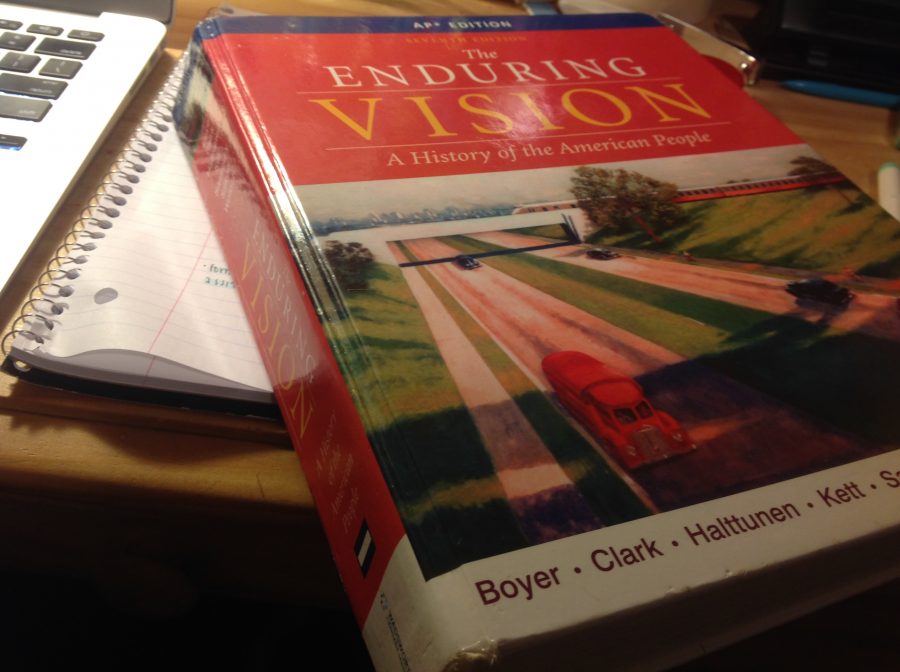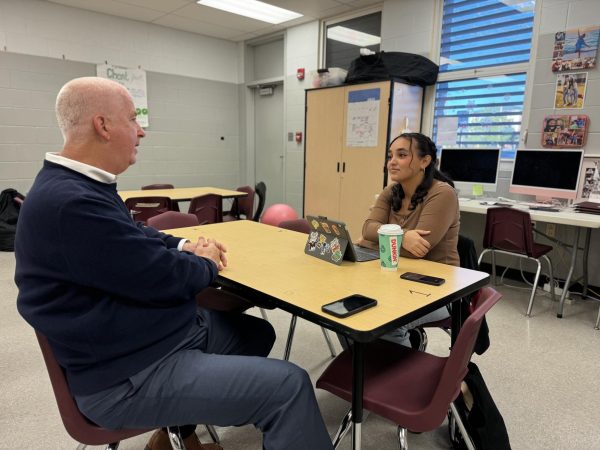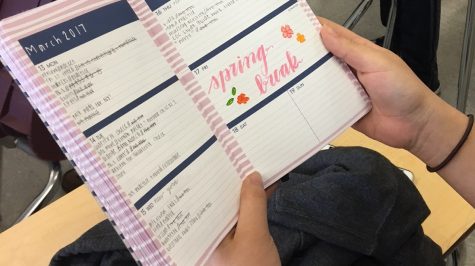How to take the best notes from a textbook
Taking notes from a textbook can be incredibly different from in-class notes
When studying, it can be hard sometimes to know what information to include in notes straight from the textbook, rather than from a teacher’s lesson.
The first and most important thing to do before even taking the notes is to read the section of the textbook where you’re taking notes. It is not easy to pull out the most important information when you don’t know about the topic.
The best type of notes for pulling information out of a textbook would be either Cornell or an outline, or a combination of both.
One way to add organization is to use the headings and subheadings of the textbook to your advantage. For example, if the bold heading is “Urban Expansion” and the subheading is “Annexation” then you would write them in your notes as the main heading and subheading, respectively.
To make your notes more interesting and appealing, color code some of the information. You could highlight vocabulary in yellow, important people in green, dates in orange, and main ideas in pink. Beware of over-highlighting though, because it can detract from the most relevant information. You may end up studying some facts that you won’t need to know.
You can also add graphics like mind maps, graphs, charts, and tables to separate the information so it is easier to read and memorize.
On the bottom of each paper, it is wise to summarize the page so that if you look back to study your notes, you’ll have the most important information in one place. After completing all notes and summaries, you’ll have a collection of brief information that will be easier to study from than pages and pages of detailed notes.
As textbooks are often detailed and lengthy, creating notes that are brief yet informational is useful for any student studying from a textbook.
Your donation will support the student journalists of Wiregrass Ranch High School. Your contribution will allow us to purchase equipment and cover our annual website hosting costs.

Lizzie Snider is a senior at Wiregrass Ranch, and it is her fourth year writing for The Stampede. She is the Vice President of Key Club, and is interested...








